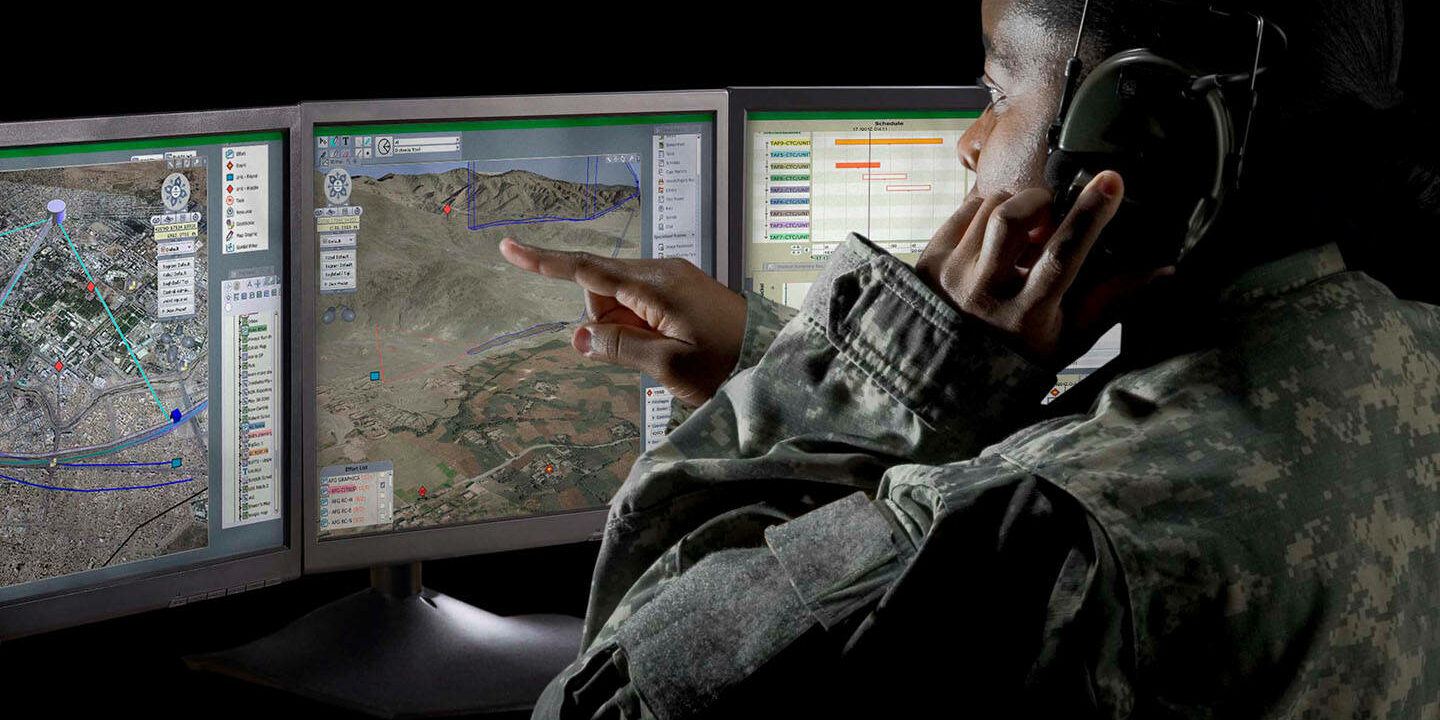Command and Control (C2) systems are growing part in missile defense, serving as the central nervous system that manages detection, decision-making, and engagement processes. These systems integrate sensors, weapons, and decision tools to provide a coordinated response to ballistic and other missile threats. Effective C2 is essential for real-time operations, ensuring rapid and accurate threat assessments and responses.
Key Components
Sensors: Radars and satellites that detect and track missile launches and trajectories.
Interceptors: Missile systems designed to intercept and neutralize incoming threats.
Communication Networks: Secure and reliable channels that facilitate the swift transmission of data and commands across various platforms and teams.
Command Centers: Facilities where data is synthesized and strategic decisions are made.
Operational Workflow
The operational workflow in missile defense C2 involves several key steps:
Detection: Sensors identify a missile launch and begin tracking its course.
Assessment: Data from sensors is analyzed to determine the missile’s type, trajectory, and potential target.
Decision: Commanders evaluate defensive strategies and select the appropriate response.
Engagement: Interceptors are deployed to neutralize the threat.
Assessment of Effect: After action, the effectiveness of the engagement is evaluated, and further actions are planned if necessary.
Technological Innovations
Recent technological innovations in missile defense C2 include artificial intelligence (AI) and machine learning algorithms that enhance decision-making speeds and accuracy. Advanced communication technologies, like quantum communications, provide tamper-proof data exchanges. Additionally, the integration of space-based sensors improves the global coverage and responsiveness of missile detection systems.
Challenges and Solutions
Challenges in missile defense C2 include managing the vast amounts of data from multiple sensors, ensuring communication security, and integrating disparate systems into a cohesive framework. Solutions involve the adoption of advanced data processing techniques, robust cyber defense strategies, and ongoing upgrades to hardware and software to ensure interoperability and flexibility.
Future Directions
The future of missile defense C2 points towards greater automation, enhanced sensor fusion, and the broader use of AI for predictive analytics. There is also a significant focus on developing hypersonic missile tracking and defense capabilities, as well as integrating civilian space technology to extend and enhance global surveillance and defense coverage.

